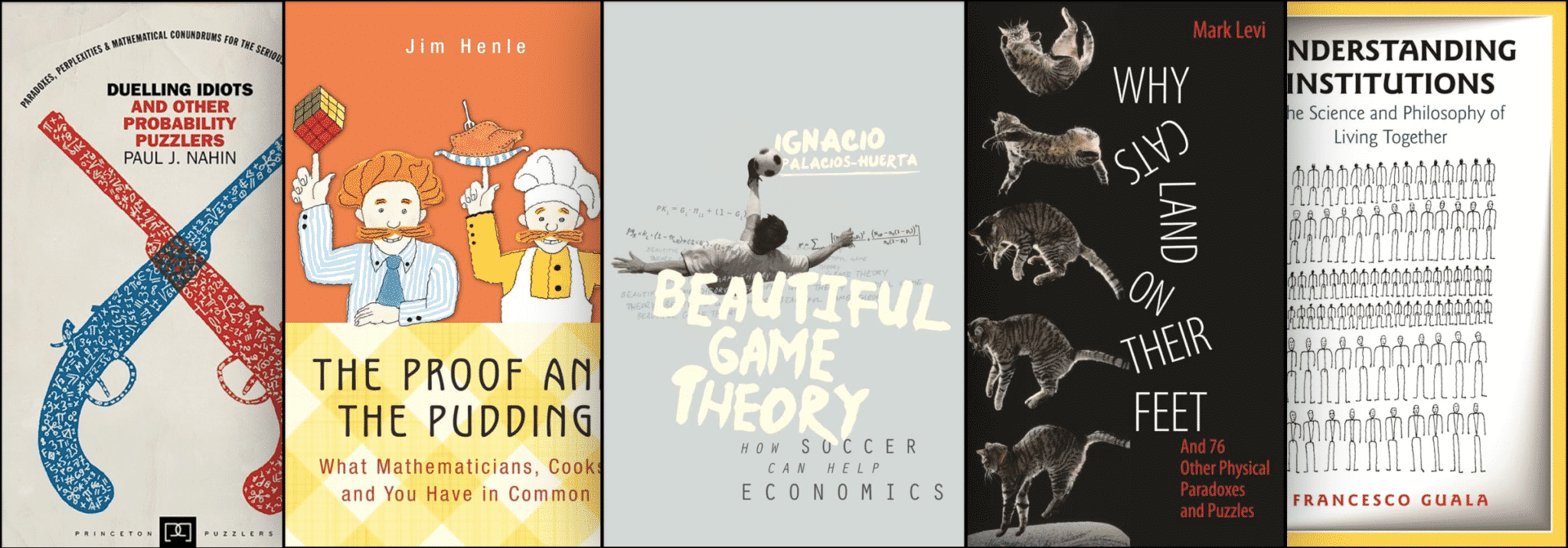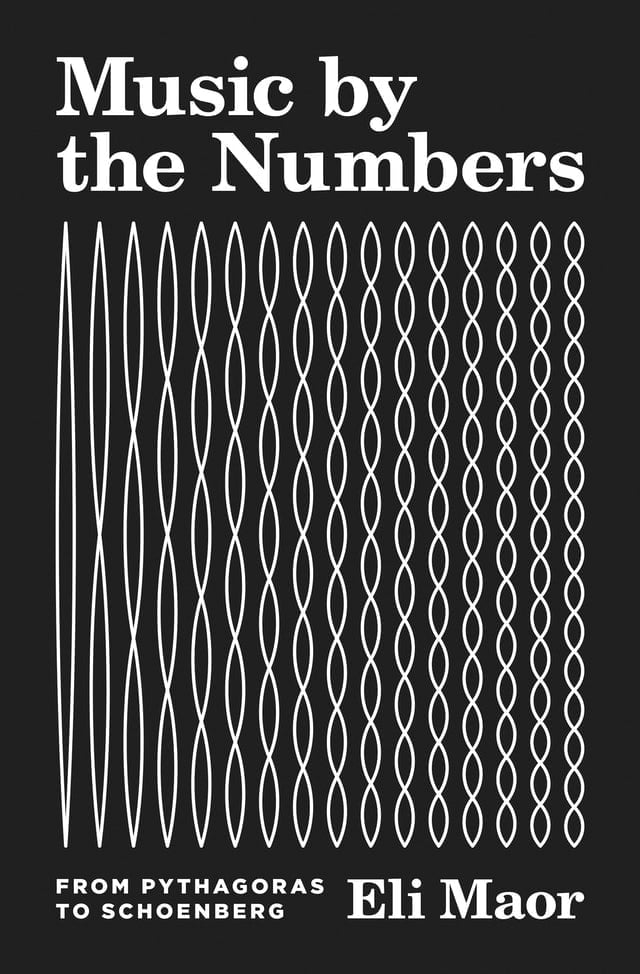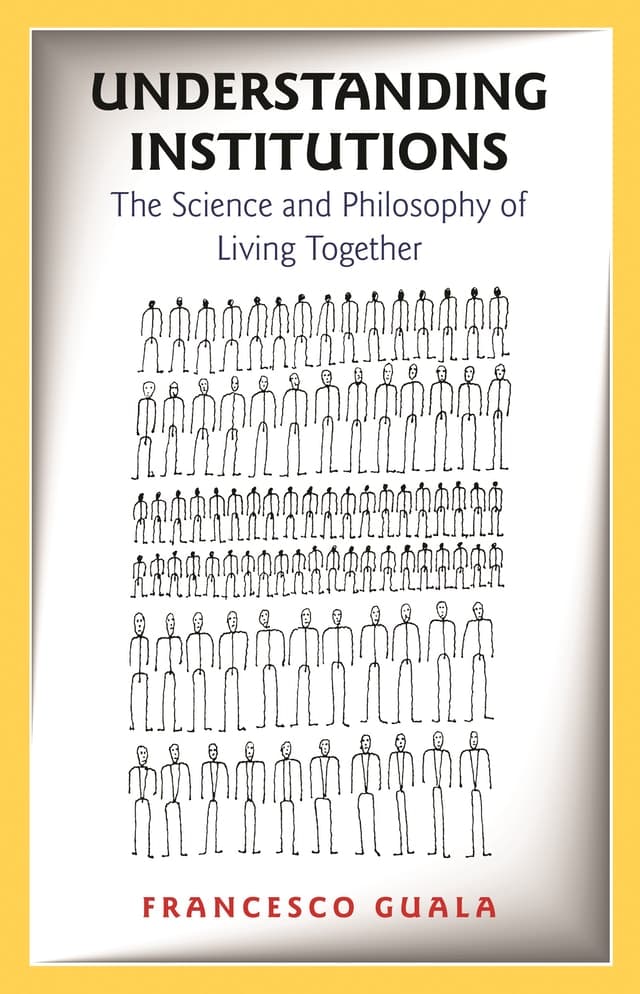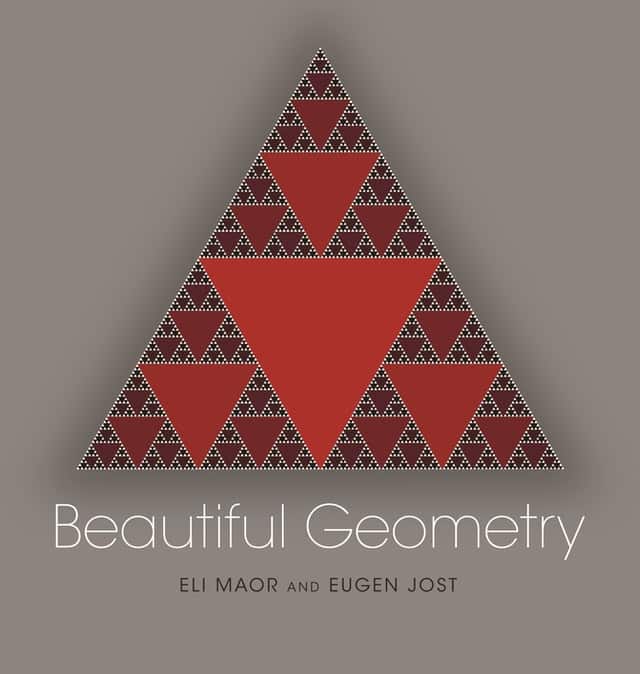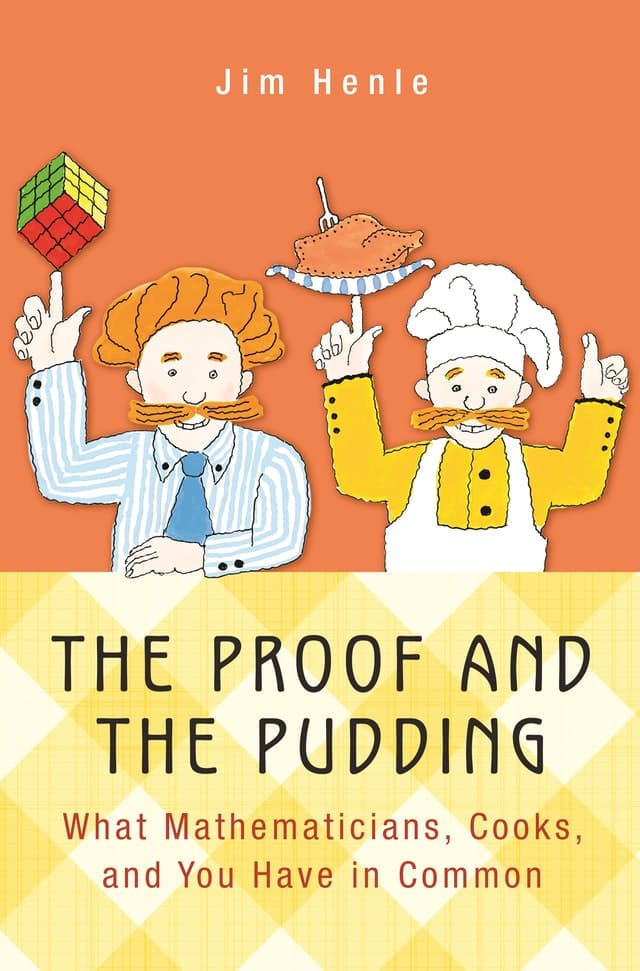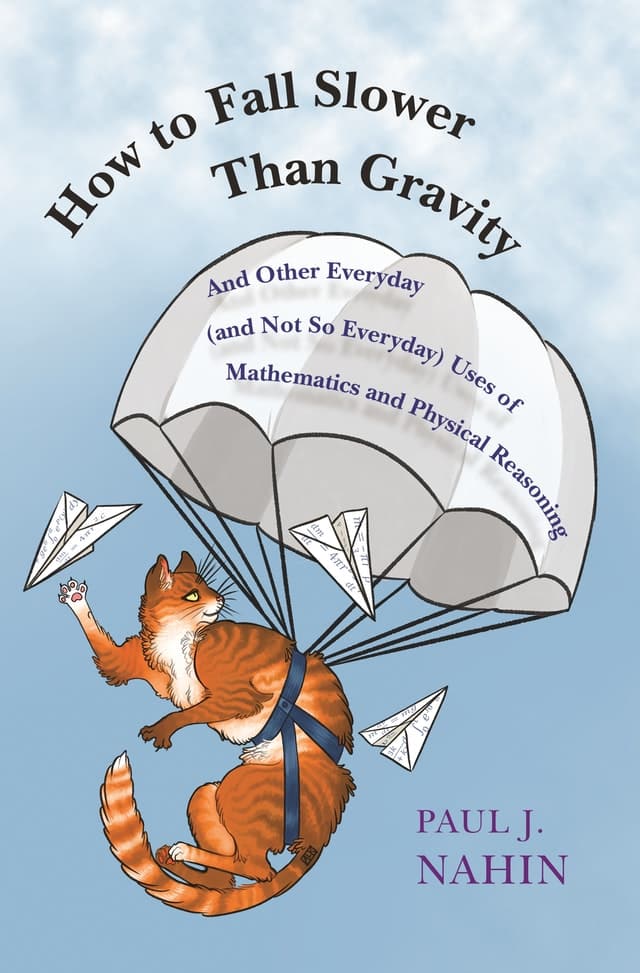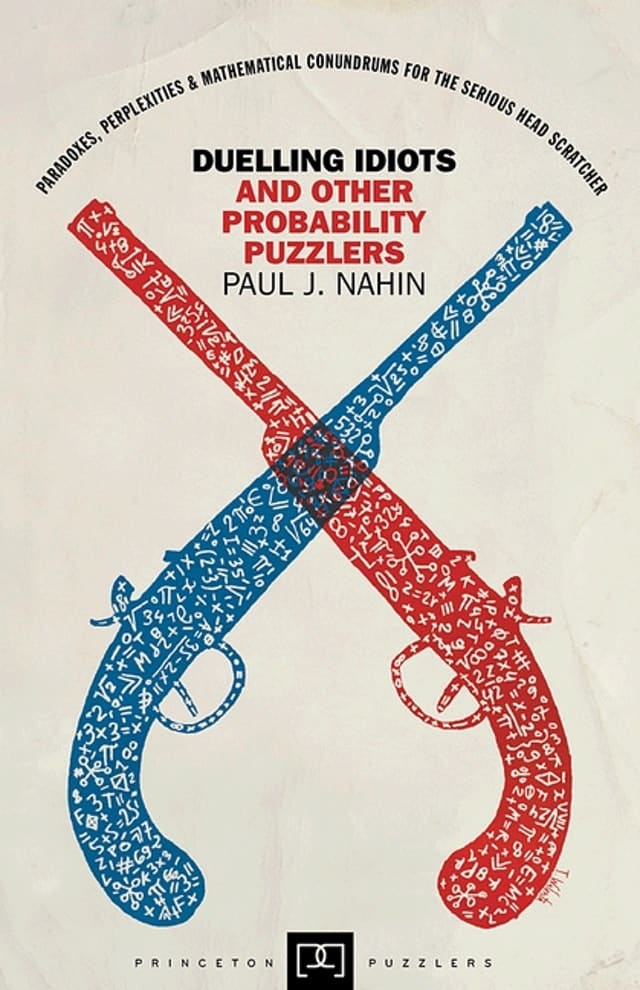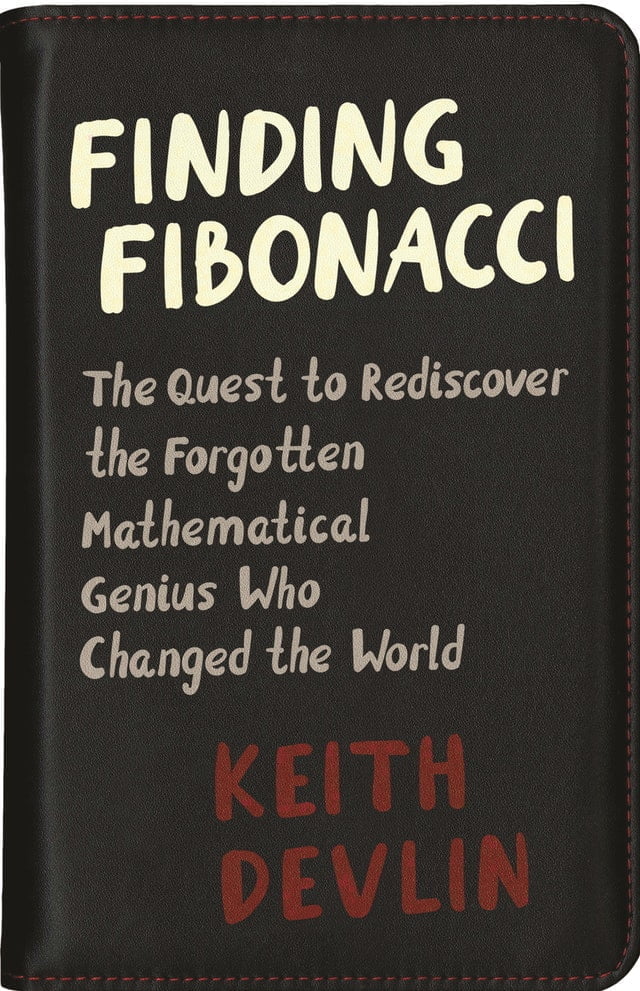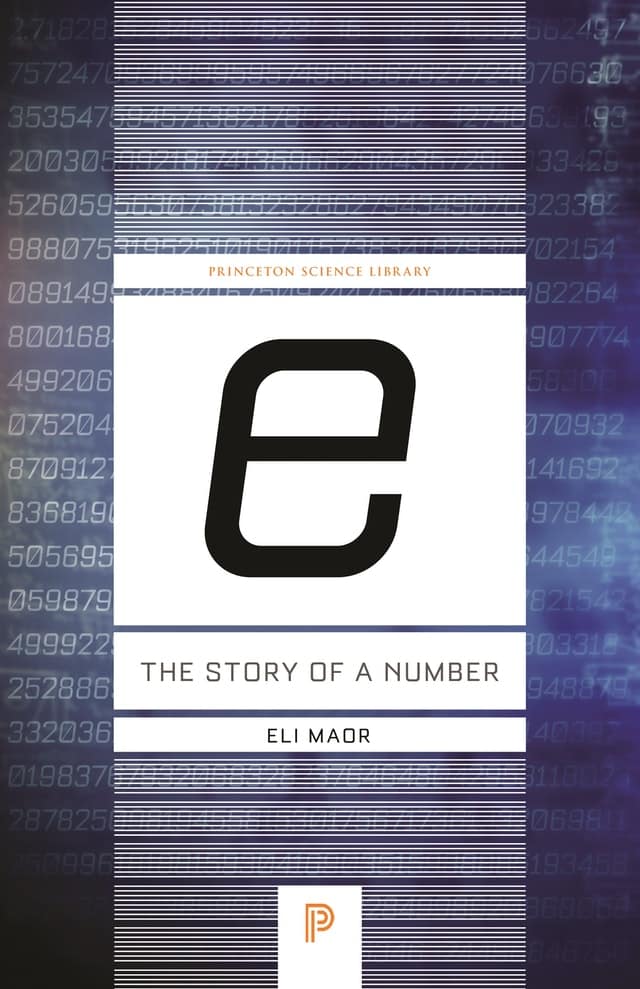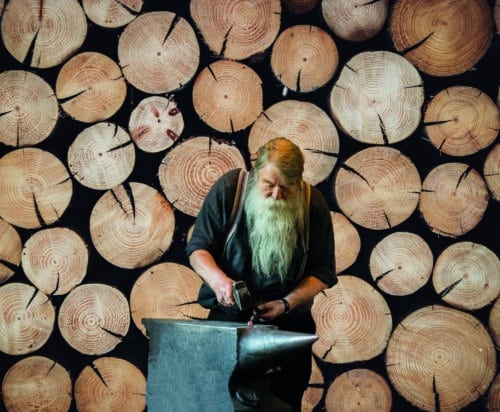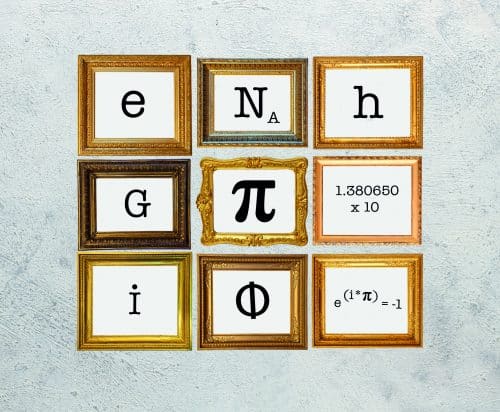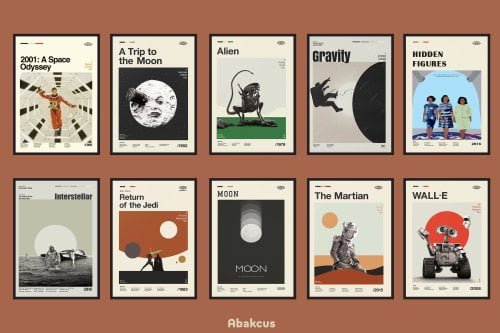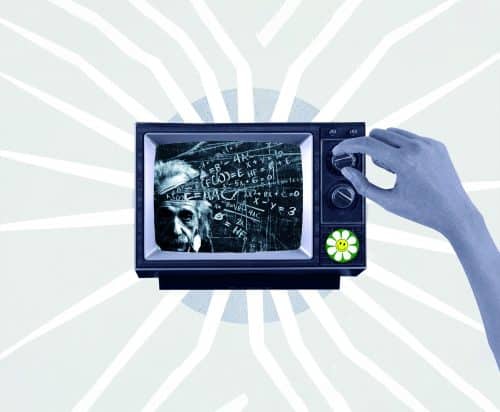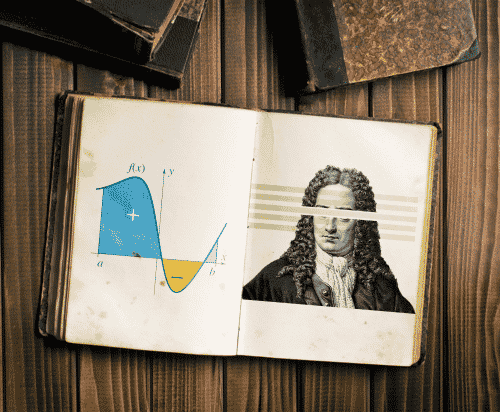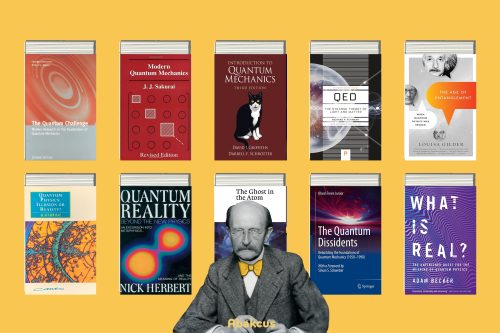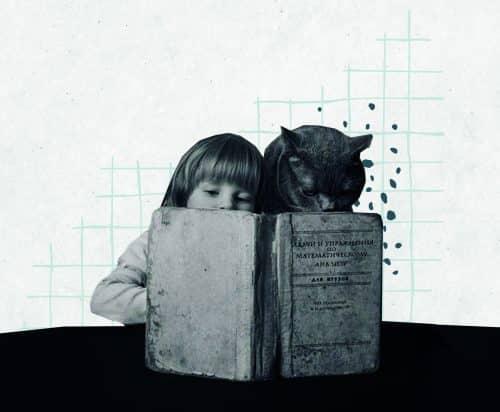Books are a kind of catalyst for the human brain to function. And Princeton University Press has been publishing scholarly math books since 1905. They bring influential voices and ideas to the world stage through their academic scholarship, advancing scholarly knowledge, and promoting human conversation.
They embrace the highest standards of scholarship, inclusivity, and diversity in their publishing. In keeping with Princeton University’s commitment to serving the nation and the world, they publish for scholars, students, and engaged readers everywhere. Although leading experts in the academic world write their books, they are accessible to the general reader.
Is Princeton University Press part of Princeton University?
The Princeton University Press is a charitable publishing organization established in 1905 and maintains close ties to Princeton University. Through their academic study, members of the press bring prominent voices and ideas to the forefront of global discourse. In so doing, they push the boundaries of what is known in the academic world and foster human interaction.
How does a university press work?
A university press is a type of academic publishing house specializing in publishing scholarly journals and monographs. Most university presses are non-profit entities that are fundamental to large research universities. They only publish research that has been evaluated and deemed worthy of publication by experts in the relevant subject.
Princeton University Press team is also very enthusiastic about audiobooks these days. Every time they publish a new math book, they also come with an audiobook version which is a perfect opportunity for a long commute! If you have never tried an audiobook so far, you should try Amazon’s Audible for free! You will love it!
Below, you will see more than 40 elegant math books from Princeton University Press. Any of them will be a great choice for lifelong learners like you!
“The works of Bach are frequently cited as having a mathematical logic. Igor Stravinsky stated that “musical form is akin to mathematics,” and Arnold Schoenberg, Iannis Xenakis, and Karlheinz Stockhausen went even farther by expressly basing their compositions on mathematical concepts. However, according to Eli Maor, arithmetic has affected Music at least as much as Music has influenced math. Music by the Numbers tells a fascinating story of composers, scientists, inventors, and eccentrics who played a role in the long-standing relationship between Music, mathematics, and the sciences, especially physics and astronomy, beginning with Pythagoras, moving through Schoenberg’s work, and concluding with modern string theory.
In particular, how issues originating in Music have motivated mathematicians for millennia is explored in Music by the Numbers and other significant moments in this history. The vibrating string problem, which pitted some of the finest mathematicians of the eighteenth century against one another in a discussion that lasted more than fifty years and eventually led to the establishment of post-calculus mathematics, is possibly the most well-known of these puzzles. Other noteworthy aspects of the book include an examination of a suggestive twentieth-century development: the nearly simultaneous emergence of Einstein’s theory of relativity and Schoenberg’s twelve-tone system; a comparison of musical meter and geometric metric; and examples of rhythmic patterns from Bach to Stravinsky.
Music by the Numbers will enthrall everyone who enjoys both mathematics and Music by fusing these captivating historical incidents with Maor’s personal insights as a mathematician and fan of Classical Music.”
“From antiquity to the present, this is a study of the cultural history of mathematics and art. Mathematicians and artists have long sought to comprehend both the concrete world they see before them and the intangible things they only know in their minds. Lynn Gamwell highlights the significant ways that mathematical concepts have been portrayed by artists while guiding readers through the practice of mathematics and the philosophical principles that underpin the field. Gamwell’s thorough investigation includes lavish artwork representations and clear arithmetic descriptions.
Gamwell begins by outlining the history of mathematics, encompassing Greek, Islamic, and Asian branches, from antiquity to the Enlightenment. Gamwell then turns his attention to contemporary culture, tracing the quests of both artists and mathematicians for the essence of their respective disciplines, such as Aleksandr Rodchenko’s monochromatic paintings and David Hilbert’s idea of mathematics as an arrangement of meaningless signs. She demonstrates how the practice of modern mathematics and art both require self-reflection and that this reflection reveals a profound resonance between the two disciplines: Kurt Gödel asked questions about the nature of mathematics in the vocabulary of mathematics, and Jasper Johns posed the question, “What is art?” in the vocabulary of art. Gamwell discusses the characters and cultural contexts of numerous mathematicians and artists throughout the book, including Gottlob Frege, Benoît Mandelbrot, Max Bill, and Xu Bing.
This book will inform anybody with interest in the intricate intellectual pursuits, characters, and cultural contexts that connect these enormous disciplines by showing how mathematical ideas are represented in the visual arts.”
“In Understanding Institutions, the best ideas from social scientists and philosophers who have written on the subject are combined to form a new, comprehensive theory of social institutions. The aspects of three popular theories of institutions—as equilibriums of strategic games, regulative rules, and constitutive norms—are combined in Francesco Guala’s theory.
Guala proposes a much-needed merger of equilibrium- and rules-based systems while explaining important institutions like money, private property, and marriage. The theory is given in a straightforward, understandable manner that is accessible to a large audience of academics working in many subjects, despite the fact that he incorporates principles from game theory. Guala addresses long-standing difficulties in the social sciences, including reflexivity, realism, Verstehen, and fallibilism, by outlining and addressing many implications of the unified theory. He also questions whether it is possible to distinguish between social and natural research using the criteria of causal and ontological dependence and analyzes the idea of “looping effects” and “interactive sorts” defended by Ian Hacking. Guala demonstrates how these esoteric philosophical questions have significant practical and political ramifications by focusing on current discussions regarding the meaning of marriage.
Understanding Institutions gives fresh perspectives on what institutions are, how they function, and what they might do for us by moving beyond particular situations to general models and principles.”
This breathtaking visual history of geometry will challenge your preconceived notions about the compatibility of mathematics and art. Beautiful Geometry is both a piece of art and a book about mathematics. It features more than sixty magnificent color illustrations of various geometric patterns and theorems, along with short biographies of the individuals and fascinating histories behind each. This exceptional celebration of geometry covers a wide range of topics, from straightedge-and-compass constructions to interesting permutations involving infinity, with artwork by Swiss artist Eugen Jost and text by math historian Eli Maor. As a result, a fun and instructive illustrated journey through the 2,500-year history of one of the most significant fields of mathematics is produced.
“Have you ever questioned why cats land on their feet? Or what maintains an upright spinning top? Alternatively, can you sense the Earth’s rotation while flying? Readers can use their physical intuition to work out the contradictions and conundrums in Why Cats Land on Their Feet. And practically all of these astounding paradoxes have surprising solutions that may be deduced without having any formal physics training.
Each physical issue is introduced by Mark Levi, who then completely explains the answer after occasionally providing a clue or two. Here, readers can put their critical-thinking skills to the test with a variety of riddles and paradoxes, including falling cats and, of course, floating and diving, sailing and gliding, gymnastics, biking, space travel, throwing a ball from a moving automobile, centrifugal force, and gyroscopic motion.
Want to learn the book’s method for opening a wine bottle? Or how to use a tennis shoe and a watch to calculate the square root of a number? Why Cats Land on Their Feet explains how, and all that is necessary is a working knowledge of high school algebra. Along with an appendix that covers every physical idea utilized in the book, from Newton’s laws to the fundamental calculus theorem, this entertaining collection also includes a glossary.”physical problem, sometimes gives a hint or two, and then fully explains the solution. Here readers can test their critical-thinking skills against a whole assortment of puzzles and paradoxes involving floating and diving, sailing and gliding, gymnastics, bike riding, outer space, throwing a ball from a moving car, centrifugal force, gyroscopic motion, and, of course, falling cats.
Want to figure out how to open a wine bottle with a book? Or how to compute the square root of a number using a tennis shoe and a watch? Why Cats Land on Their Feet shows you how, and all that’s required is a familiarity with basic high-school mathematics. This lively collection also features an appendix that explains all physical concepts used in the book, from Newton’s laws to the fundamental theorem of calculus.
“Put on your apron and enter Jim Henle’s kitchen as he reveals the surprising similarities between two equally delectable activities: cooking and mathematics. The Proof and the Pudding, a delightful dish for fans of popular arithmetic, delivers a clever and delectable fusion of mathematical sweets and culinary delights that show how life in the mathematical world is tantalizingly similar to life in the kitchen.
Take a challenging Sudoku puzzle and an overturned cake. Henle demonstrates that the best method for handling kitchen mishaps is also the best method for resolving mathematical issues. Or imagine a billiards table with an L shape and a sudden need for Italian potstickers. In his explanation, he compares choosing geometry over algebra (or algebra over geometry) to choosing a California rollover chicken tikka masala. Do you want to discover why cooking and math have such a high level of playfulness? Or how to make delicious ice cream out of stinky cheese? Everything is included, including original math and recipes as well as the mathematical counterparts of vegetarianism, Asian fusion, and famous chefs.
The Proof and the Pudding is a fun and humorous book that is a feast for the mind as well as the mouth.”
“Paul Nahin is a virtuoso using simple mathematics to explain strange phenomena. He investigates how mathematical physicists think in this collection of 26 fascinating challenges. The puzzles, which are always interesting, cover anything from ancient catapult conundrums to the perplexing physics of a strange substance called NASTYGLASS, dodging trucks, and understanding why raindrops fall more slowly than the speed of gravity. The problems posed may initially appear to be insurmountable and necessitate an unexpected shift in thinking, yet occasionally the answers are unexpectedly straightforward. However, Nahin’s main objective is to help readers—who just need to have studied advanced high school math and physics—expand their mathematical thinking in order to make sense of the physical world’s mysteries.
To give readers a challenge and give them time to think before looking at the explanations, the problems are in the book’s first section, and the solutions are in the second. The issues demonstrate how physical laws and mathematics, including algebra, trigonometry, geometry, and calculus, can be combined to address both practical and theoretical issues. The book’s historical narratives let readers visualize the events and people behind some truly remarkable discoveries and accomplishments.
This book is more than just a puzzler; it will teach you math while engrossing you in the wonders of scientific history.”
“How likely will you be called for jury duty, die on your upcoming flight, or win the lottery? Everyday life presents probability issues to us all. Paul Nahin asks us to use our imaginations as we consider the laws of probability as they apply in entertaining, perhaps misleading, ways to a fascinating range of hypothetical circumstances in this collection of twenty-one puzzles. Russian roulette games, issues with bug aggregation on flypaper, and methods for calculating the likelihood of the underdog winning the World Series all shed interesting light on the operation of probability. These and other beloved puzzles have been gathered over time by Nahin, a seasoned author, and math educator, in an effort to inform and amuse math fans from all walks of life.
What is the likelihood that idiot A will prevail if idiots A and B shoot a six-shot pistol alternately with a single bullet at each other? What are the chances that any given year, it will snow on your birthday? How can researchers get truthful responses to humiliating survey questions using coin flipping and the rules of probability? Here, the solutions are given in full, and many of them come as a great surprise. Additionally, some puzzles serve as lovely illustrations of fundamental mathematical ideas. For instance, “The Blind Spider and the Fly” is a clever variation on the “random walk” problem, while “Dueling Idiots” and “The Underdog and the World Series” are simple explanations of binomial distributions.
Dueling Idiots is the perfect book for anyone interested in mathematics and its role in real life and in our imaginations. It is written in a casual style and contains a wealth of fascinating historical information.”
“In 2000, Keith Devlin began investigating the life and contributions of Leonardo of Pisa, sometimes known as Fibonacci, a famous medieval mathematician whose book Liber abaci literally changed the course of human history. Fibonacci’s biggest contribution was as an expositor of mathematical concepts at a level that laypeople could grasp, despite the fact that he is most known for the Fibonacci numbers, which he didn’t actually create. Liber abaci, also known as the “Book of Calculation,” brought contemporary arithmetic to the Western world around 1202. However, following his passing, Fibonacci was mostly forgotten, and it wasn’t until the 1960s that his full contributions were eventually acknowledged.
Devlin’s riveting first-person narrative of his ten-year search to convey Fibonacci’s tale, Finding Fibonacci, is available online. Devlin chronicled the project, a math expositor himself, in a diary, which he used to discuss the project’s highs and lows, its false beginnings and disappointments, the tragedies and unexpected turns, some amusing stories, and the infrequent lucky breaks. Also included are the fascinating characters Devlin came across along the road, people like the Yale professor who linked modern banking back to Fibonacci and the Italian historian who made the vital archive discovery that tied together all the disparate threads of Fibonacci’s amazing story.
The enigmatic number e is closely related to the arrangement of seeds in a sunflower, the interest on a bank account, and the design of the Gateway Arch in St. Louis. Eli Maor depicts the intriguing people and beautiful mathematics that go into the number in this informal and engrossing narrative. This biography, which is written for readers with only a basic understanding of mathematics, highlights the vital significance of e to mathematics and sheds light on a golden epoch in the history of science.

